Should you buy a new TV in 2025?
New TVs arriving in 2025 promise to be better than ever. But will they be good enough to justify an upgrade?
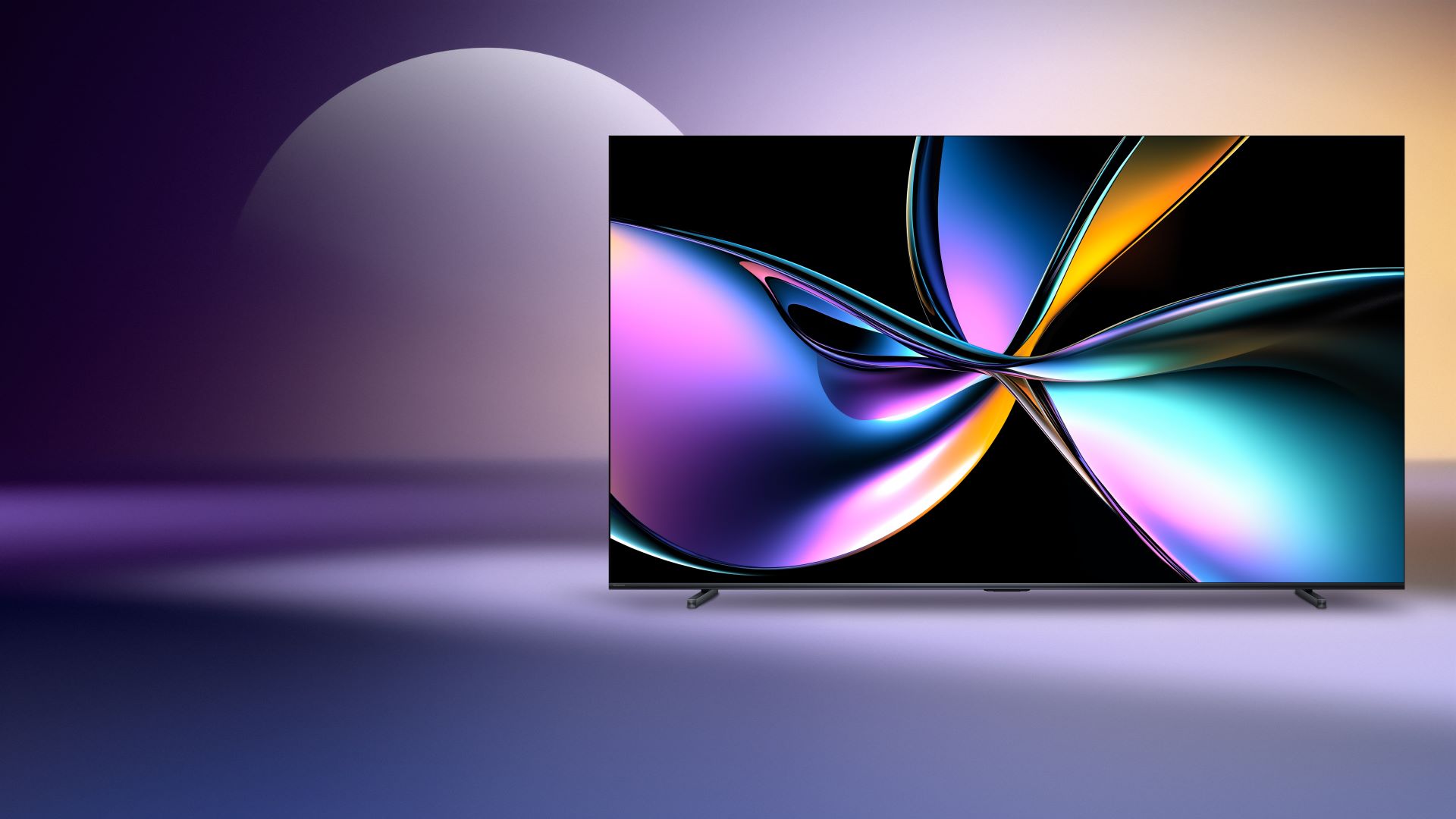
Buying a new TV in 2025 could be an exciting upgrade – or an unnecessary expense, depending on what you’re looking for and your current TV setup. This year’s biggest TV brands like Samsung and LG are rolling out cutting-edge innovations, with CES 2025 showcasing next-gen OLED panels, improved mini-LED backlighting, and AI picture processing.
Samsung, LG, Sony, TCL, and others are leading the charge with brighter OLEDs and better contrast in mini-LED models. Micro-LED tech is inching closer to mainstream adoption, and 8K TVs are getting more sophisticated, even if content remains scarce.
But should you rush to upgrade, or will 2024’s best TVs serve you just as well for a lower price? To answer the question, let’s explore the most significant TV advancements set for 2025, what’s worth upgrading for, and who should consider buying a new set this year.
The biggest upgrades to expect in 2025
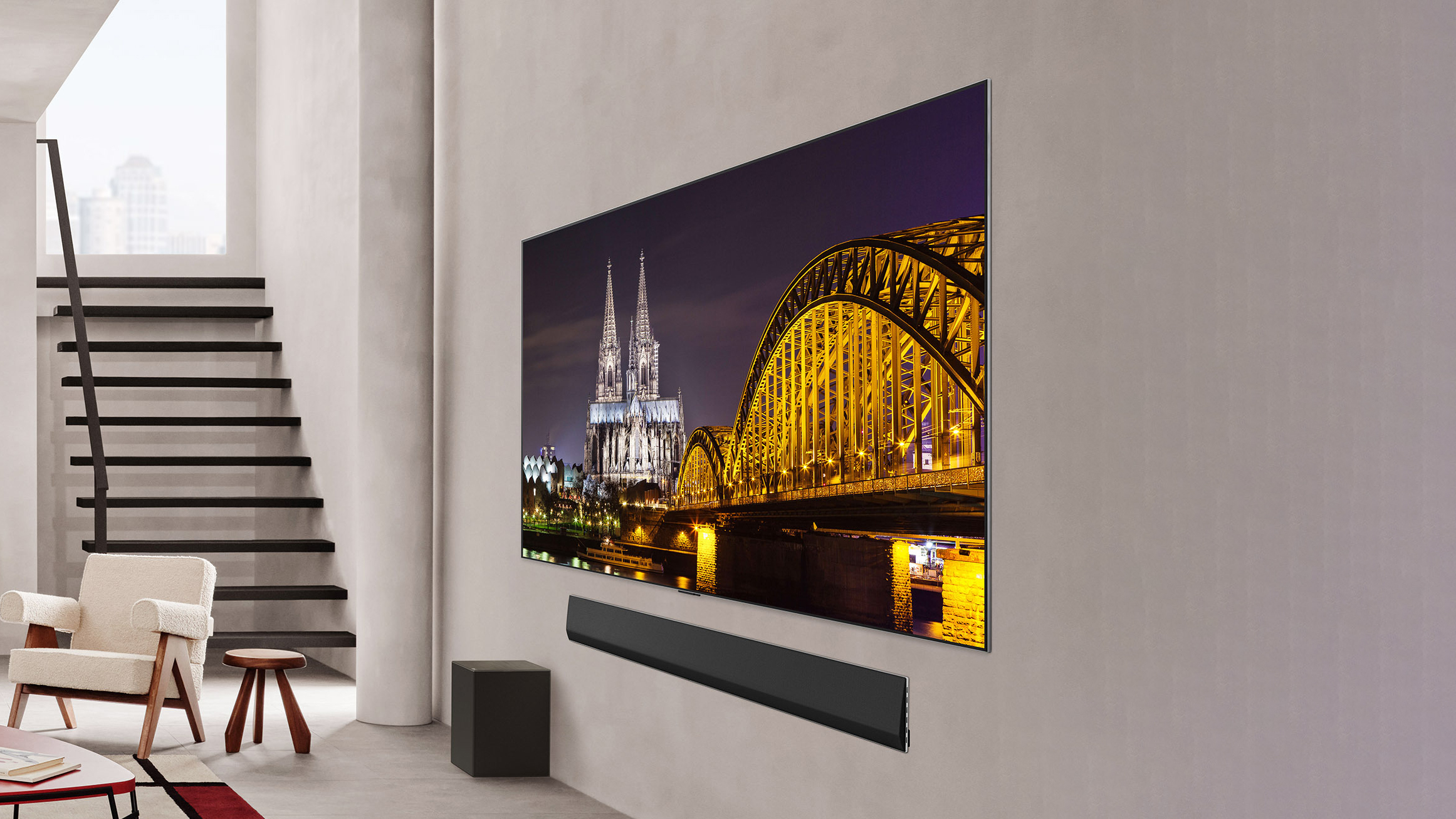
Every year, TV makers push the boundaries of display technology, and 2025 is no exception.
CES 2025 gave us a glimpse of what’s to come, with major brands unveiling significant advancements across OLED, mini-LED, AI processing, and even next-generation micro-LED and RGB LED tech.
One of the biggest areas of innovation is OLED, the leading-edge display tech for most TV buyers. LG’s new G5 OLED introduces a four-layer tandem structure designed to boost brightness while maintaining OLED’s signature deep blacks and rich colours, addressing concerns around dim OLED panels in bright rooms.
Mini-LED TVs are also levelling up. Samsung’s new flagship models for 2025 such as the 4K Samsung QN90F and 8K Samsung QN990F bring new picture enhancements like Glare-Free screen tech (a feature previously limited to the Samsung S95D OLED that will continue in the new Samsung S95F OLED), along with a new Wirless One Connect Box for the 8K model. Even the new Samsung The Frame Pro, announced at CES, now features mini-LEDs, bringing sharper contrast, deeper blacks, and improved brightness to its popular art-inspired TV.
Get daily insight, inspiration and deals in your inbox
Sign up for breaking news, reviews, opinion, top tech deals, and more.
TCL and Hisense are similarly refining mini-LED backlighting, with higher dimming zones and more precise control over brightness, helping close the gap between mini-LED and OLED and offering a more affordable alternative for buyers.
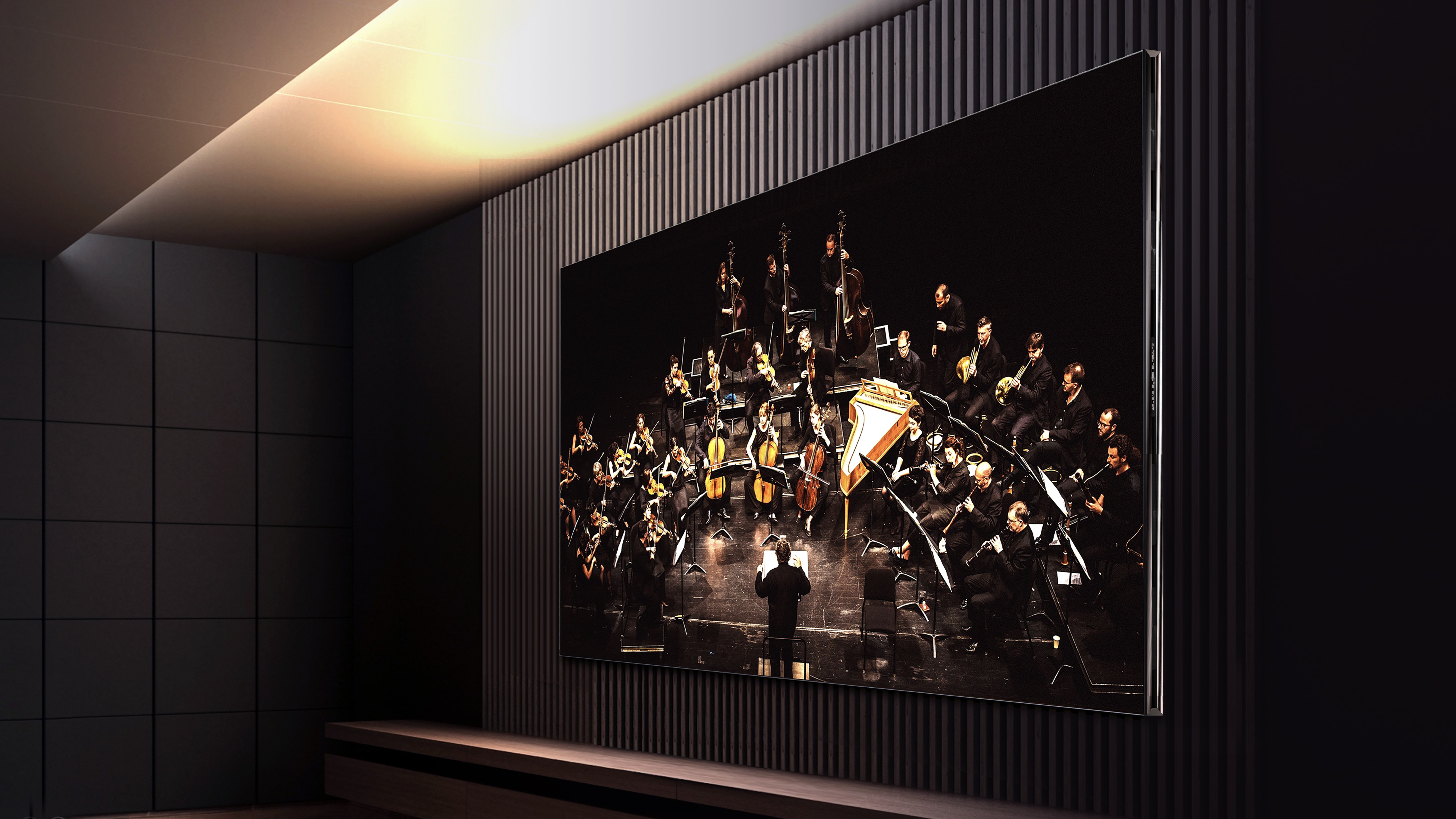
Meanwhile, RGB LED backlighting tech is making waves. Hisense's 116-inch UX Trichroma TV introduces a new way of producing colour, using dedicated red, green, and blue LEDs rather than traditional white or blue backlights filtered through colour layers, which achieves a stunning 97% of the BT.2020 colour space, alongside an eye-watering peak brightness of 10,000 nits.
The result? Even more vivid, lifelike images with unparalleled brightness, making this one of the most exciting display advancements on the horizon.
TVs aren’t just about better picture quality: AI-powered processing is becoming an increasingly important part of the experience. Samsung's latest TVs incorporate AI in new ways, from advanced upscaling that makes lower-resolution content look sharper to motion enhancement that makes fast-motion sports look incredibly clear and solid.
Finally, gaming-focused features are becoming more prominent. More TV models support higher refresh rates (up to 240Hz in some cases), providing smoother, more responsive gameplay, and enhanced cloud-gaming options.
What’s out there right now?
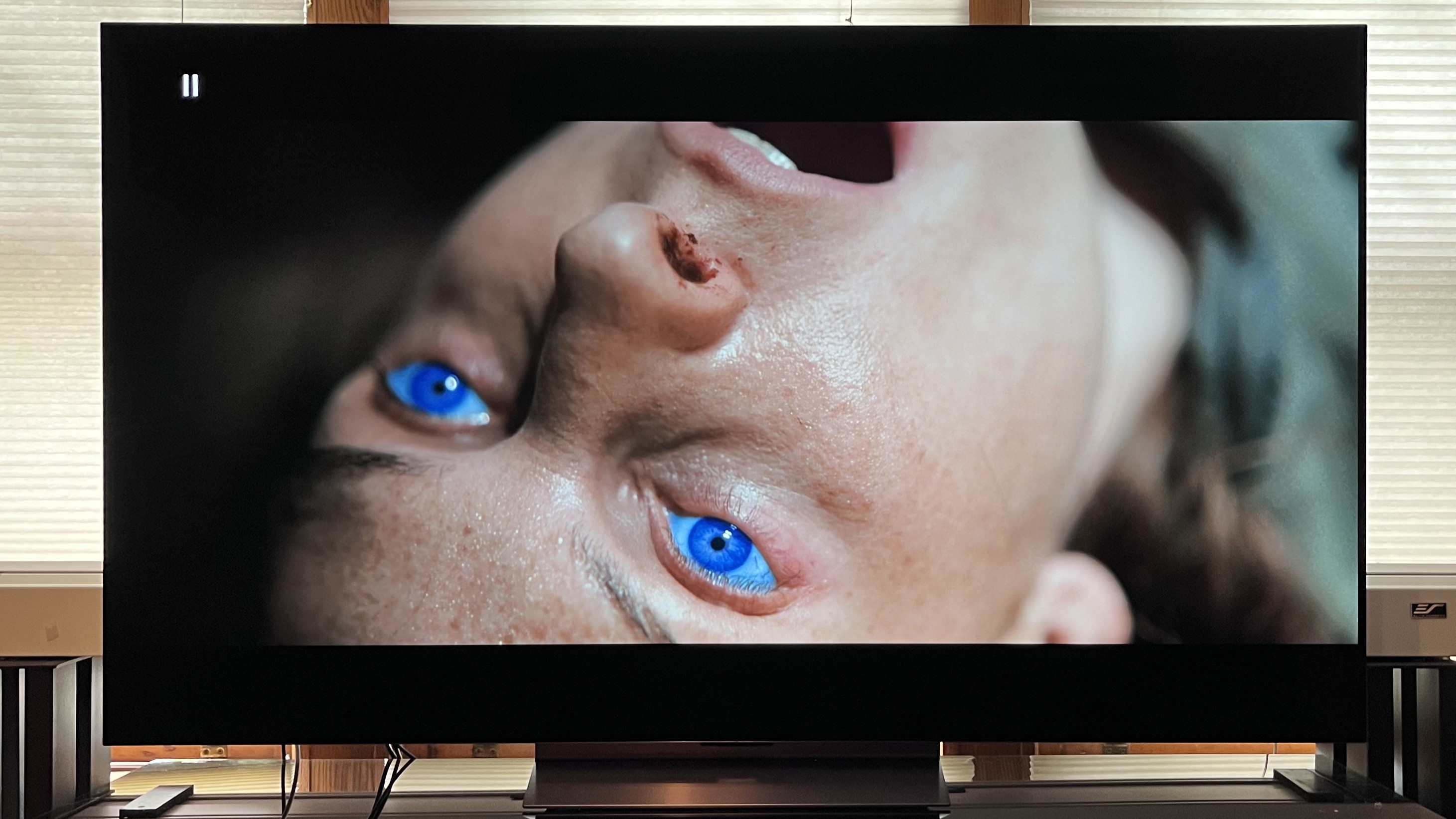
While 2025’s TV innovations are exciting, last year’s models are still some of the best TVs on the market – and with big price drops on select models.
The flagship TVs of 2024, including top-tier OLEDs and high-performance Mini-LED models, continue to deliver outstanding picture quality, gaming features, and smart TV capabilities that won’t feel outdated anytime soon.
Take LG’s C4 OLED, for example. As one of the best OLED TVs of 2024, it offers deep blacks, excellent colour accuracy, and great gaming support, with 120Hz refresh rates, VRR, and low input lag. The high-end LG G4 OLED pushed brightness levels even higher, closing the gap between OLED and mini-LED in well-lit rooms.
For those looking for high brightness and contrast without OLED’s potential burn-in concerns, mini-LED TVs like the Samsung QN90D or TCL’s QM8 were among the top picks last year, offering deep black levels, impressive HDR performance, and thousands of local dimming zones for precise contrast control.
Even Hisense’s U8N, a more affordable mini-LED model, delivered fantastic peak brightness and colour accuracy, making it one of the best value-for-money TVs of 2024, and it’s still available in 2025.
Meanwhile, 2024 also saw major improvements in mid-range TVs. For example, Roku launched its first high-end Roku Pro Series, bringing mini-LED technology and Dolby Vision support to an affordable price bracket.
What’s missing from 2025 TVs?
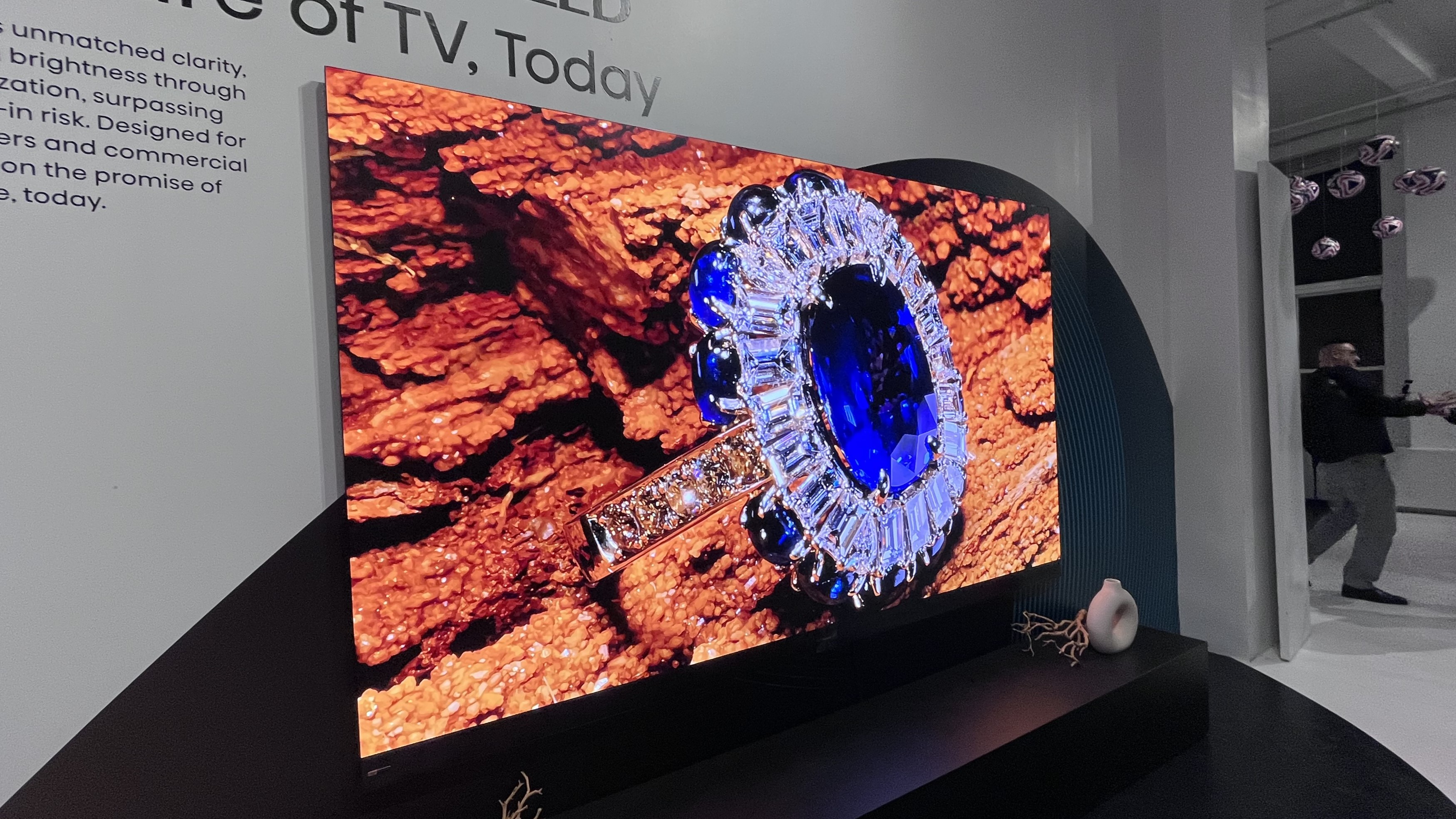
While 2025’s TV advancements look impressive, there are still a few key areas where TV tech hasn’t quite reached its full potential.
Some of the most exciting innovations, like micro-LED, true 8K content, and major OLED breakthroughs that would bring down prices, are still in their early stages, making them more of a glimpse into the future rather than a reason to upgrade right now.
Micro-LED remains the holy grail of display tech, offering OLED-level blacks with extreme brightness and no burn-in risk. But pricing is still prohibitive. Meanwhile, 8K resolution continues to struggle with a lack of native content, and OLED advancements like PHOLED (higher efficiency) and dual-layer OLED (brighter panels) aren’t widely available yet.
For all the buzz around next-gen innovations, game-changing TV tech is still a few years away. That means 2025’s models bring solid refinements, but they don’t necessarily make last year’s best TVs feel outdated.
So, who should buy a TV in 2025?
Not everyone needs to upgrade their TV this year, but for some, 2025’s advancements could make a strong case for upgrading. Whether you should buy now depends on your current setup, viewing habits, and what you want from a new TV, among other factors.
Those who should:
If you’re coming from an older TV, especially one from 2017 or earlier, you’ll see a huge jump in picture quality, brightness, and smart features. Modern OLED and mini-LED panels offer better contrast, higher peak brightness, and excellent HDR performance, making content more immersive.
Gamers should also consider upgrading, as 2025’s TVs bring higher refresh rates (up to a whopping 240Hz), ultra-low input lag, and improved VRR support. Whether you’re gaming on PlayStation 5, Xbox Series X, or a high-end PC, the latest models deliver smoother gameplay and more responsive controls, especially in fast-paced titles.
If you want the absolute best OLED or mini-LED TV, 2025’s models are refining these technologies further. LG’s G5 OLED is brighter and more energy-efficient, while Samsung and TCL’s latest Mini-LED sets offer deeper black levels and more precise contrast control.
Those who shouldn’t:
If you already own a high-end 2023 or 2024 TV, the improvements in 2025 aren’t radical enough to justify an upgrade for many people.
Last year’s LG C4, Samsung S95D, and Hisense U8N still offer excellent brightness, contrast, and gaming performance – and they’re now available at discounted prices. Unless you’re chasing the absolute best, you can safely hold onto your current TV for another couple of years.
Micro-LED and 8K aren’t fully ready yet, so if you were waiting for these to go mainstream, you might want to wait until 2026 or beyond. Right now, micro-LED TVs remain far too expensive, and 8K content is still scarce, meaning even the best 8K TVs are mostly relying on AI upscaling rather than native content.
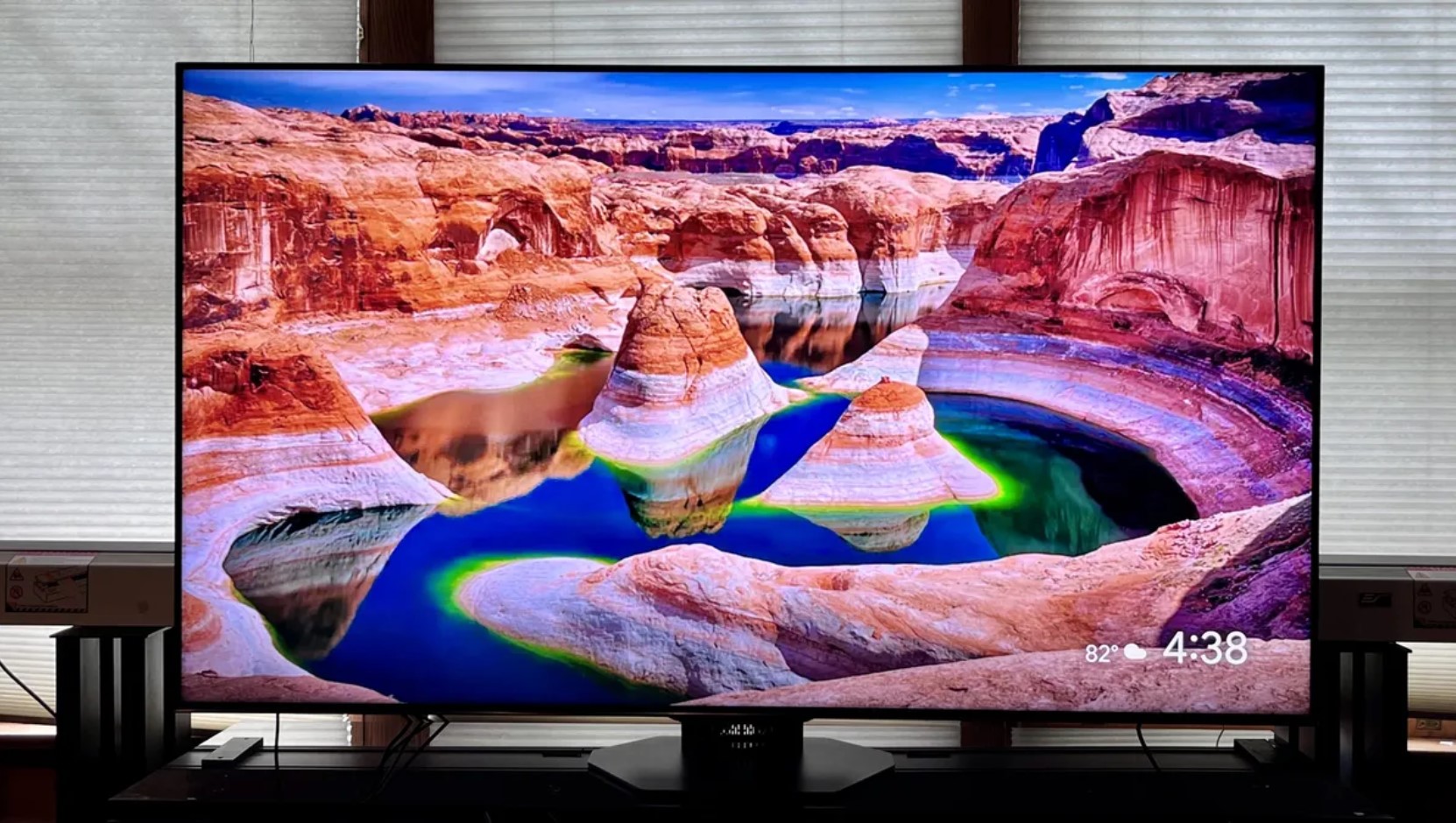
So, to summarise, if your TV is over six or seven years old, you’ll see meaningful benefits from upgrading in 2025. Gamers, home cinema enthusiasts, and those chasing the latest display tech will also find compelling reasons to buy now.
But if you have a recent high-end TV, the improvements in this year’s models aren’t necessarily drastic enough to justify the extra cost, especially when last year’s best models are now available for less.
You might also like...
Max Slater-Robins has been writing about technology for nearly a decade at various outlets, covering the rise of the technology giants, trends in enterprise and SaaS companies, and much more besides. Originally from Suffolk, he currently lives in London and likes a good night out and walks in the countryside.
You must confirm your public display name before commenting
Please logout and then login again, you will then be prompted to enter your display name.